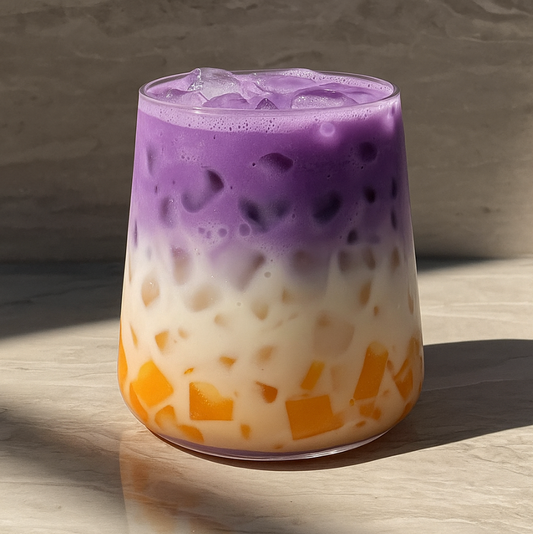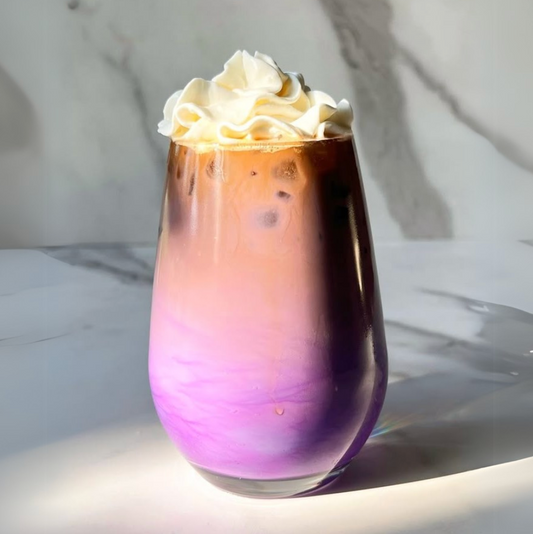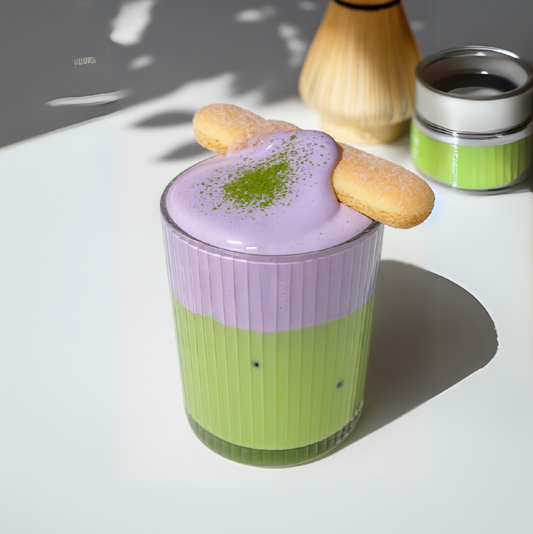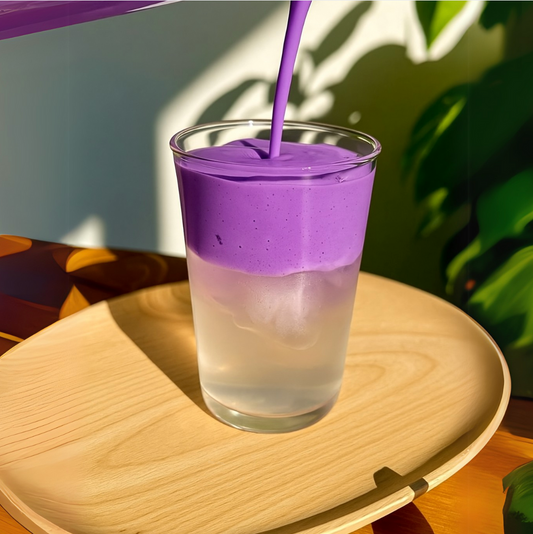The History of Ube: From Ancient Roots to Modern Hype
Discover the fascinating story of ube—the iconic purple yam from the Philippines—that has crossed centuries to become a staple of modern cuisine.

Ancient Origins and a Journey Across Continents
Ube, or purple yam (Dioscorea alata), originates from Southeast Asia, where it has been cultivated for thousands of years. It is deeply rooted in the agricultural traditions of the Philippines, long serving as a vital source of nourishment and cultural symbolism. Early uses date back to pre-colonial times, when indigenous tribes relied on ube not only as a staple food but also in spiritual rituals to mark harvest cycles and celebrate family bonds.
Over the centuries, ube crossed borders to places like Japan, India, and even parts of West Africa. Its popularity spread through trade among Pacific islands and with Chinese and Indian merchants, helping this purple root travel across Asia. Today, ube is cultivated in many tropical regions, prized for its hardiness and ability to thrive in poorer soils.
- Native to the Philippines and Southeast Asia
- Used in spiritual rituals and as a staple food
- Spread to India, Japan, and West Africa via trade routes
- Well adapted to tropical climates and varied soils
Ube in Global Culture and Gastronomy
In Filipino culture, ube is far more than an ingredient. It symbolizes family, hospitality, and tradition, and is often featured at celebrations such as weddings and reunions. “Halaya,” a creamy ube jam, is among the most emblematic desserts, often served with grated coconut or condensed milk for extra richness.
Beyond the Philippines, ube has inspired modern creations such as ube doughnuts, purple lattes, ice creams, and even waffles—turning this ancient root into a global food trend. Major chains like Starbucks have added ube-based drinks to their menus in response to rising demand.
- Centerpiece in traditional desserts like halaya
- Served at family celebrations and religious holidays
- Popular in modern bakeries, cafés, and international chains
- Social-media favorite for its vibrant color
Ube in the Digital Age: From Tradition to Trend
In recent decades, ube has enjoyed a renaissance, becoming a social-media star thanks to its photogenic look and nutrition profile. Its naturally intense color makes it a favorite of food creators and chefs. This boom has led to an explosion of products—from powders and concentrated extracts to ice creams, pastries, and ready-to-drink beverages.
Cafés and artisan bakeries worldwide quickly incorporated ube into menus to meet demand. Brands like Starbucks, Magnolia, and Trader Joe’s now offer ube desserts, ice creams, and drinks—turning a once-little-known ingredient into a global sensation.
- Popular on Instagram, TikTok, and Pinterest
- Embraced by global brands for visual appeal
- Available as powders, extracts, and processed products
- Featured on menus at major coffee chains and artisan bakeries
📝 Why Ube Remains Essential in Modern Cooking
Ube isn’t just a passing fad. It combines a unique flavor, captivating color, and wellness benefits—an ideal choice for anyone looking to diversify their diet. It also fits vegetarian, vegan, and low-calorie lifestyles, offering a naturally sweet, antioxidant-rich option.
- Highly versatile: desserts, drinks, snacks
- Natural source of complex carbohydrates and fiber
- Rich in antioxidants, vitamins, and minerals
- Great for gluten-free and lactose-free diets
Get it now to make delicious recipes: lattes, cakes, bread…












